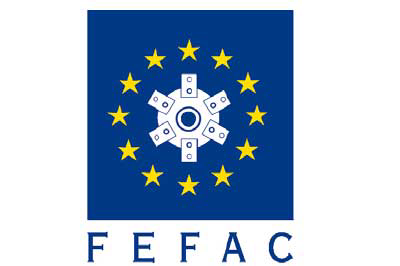FEFAC: “How to stay profitable in volatile times”

During the XXVI FEFAC Congress held in Cracow, FEFAC’s Council members recalled the need for the new CAP to create a political framework that could stimulate investments in the EU livestock chain.
Tight market conditions with consumption exceeding production are one of the main drivers for the price volatility of agricultural commodities. This causes financial risk being off-loaded on the livestock chain which results in new barriers for investments.
Newly elected FEFAC President Ruud Tijssens highlighted that “the main role of the new CAP reform package is to unlock the EU agriculture productivity growth through innovation and modernisation and to provide operators with reliable market and crisis management tools to increase their market-resilience in the face of higher market volatility”.
Well-functioning hedging tools are another key element to help feed companies to deal with price volatility. In the framework of the revision of the Market in Financial Instruments Directive (MIFID), the FEFAC Council members welcomed the proposals to set up position limits and to report weekly on position taken by categories of operators.
These measures will reduce the risk of market abuse and improve the transparency of trade. FEFAC also called for the development of new futures markets for EU vegetable protein and animal products. While farmers take benefits from the cost buffering provided by feed companies who take on the financial risk linked to highly volatile markets for feed materials, they do not have the possibility to arbitrate the risk on livestock products.
To meet the growing global demand, the EU feed industry will also need to further increase its resource efficiency, using research and innovation as essential tools. The need to develop pre-competitive research projects aiming at developing innovative technological solutions is shared by EU feed industry’s Strategic Research and Innovation Agenda on Animal Nutrition. The DG AGRI European Innovation Partnership should facilitate knowledge transfer from animal Nutrition projects to practical solutions for farmers assisting them to further improve Feed Conversion Rates (FCR) and livestock performance.
The FEFAC Council finally stressed the need to couple the above recommendations with the reduction of the impact of feed and livestock products on the environment. Together with the American Feed Industry Association (AFIA), FEFAC is actively engaged in the development of the Feed Life Cycle Analysis (LCA) Guide in accordance with the principles defined by FAO and the European Commission’s Product Environmental Footprint Guide just published in its communication on the single market for green products.











